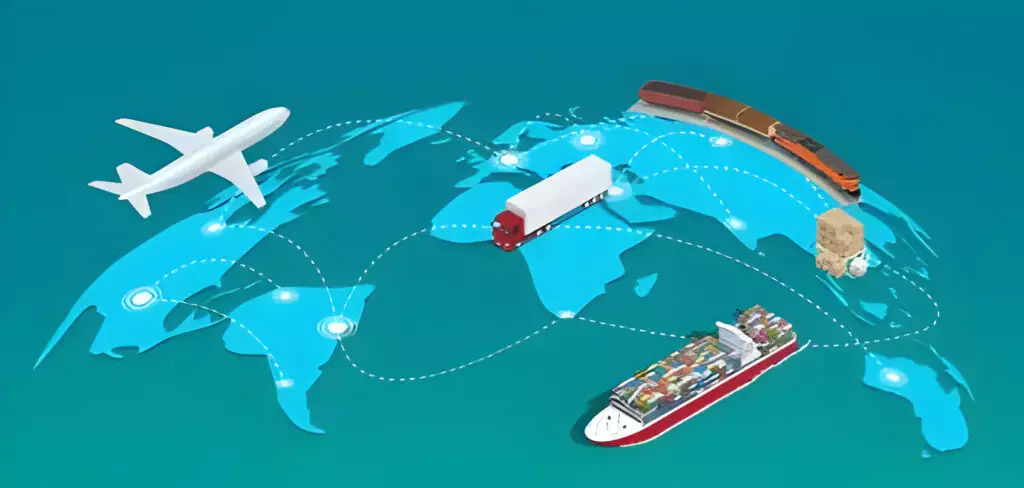Explore how understanding the flotation characteristics of shipping containers can help mitigate financial risks, enhance cargo handling, and ensure navigational safety across shipping routes. Learn about the impact of container types and conditions on maritime operations.
In the maritime industry, the buoyancy of shipping containers is not just a topic of casual interest; it is a critical operational concern. The ability of these containers to float, albeit temporarily, can have significant implications for maritime safety, financial risk management, and regulatory compliance. This article delves into the factors affecting container buoyancy, outlines preventive strategies, and discusses how understanding these elements can enhance operational efficiency and safety at sea.

Understanding Container Buoyancy
Shipping containers, designed to be both watertight and airtight, can indeed float. However, their time on the water’s surface is influenced by several factors including size, material, and the nature of their cargo. Typically, an empty standard container can float for weeks if undamaged, while loaded containers may sink more rapidly depending on the density and distribution of their contents.
The construction material, primarily steel, provides structural integrity but does not guarantee prolonged buoyancy if the container’s seals are compromised. Furthermore, the design of the container, including its doors and gaskets, plays a crucial role in how long it can resist water ingress.
Operational Safety and Preventive Strategies
The primary concern with floating containers is the risk they pose to navigation. Containers that have fallen overboard are hazards, particularly those that float just beneath the surface, undetectable by ship radar.
To mitigate these risks, shipping companies can adopt several strategies:
- Risk Assessment: Regular inspections and assessments of container conditions before embarkation.
- Loading Practices: Ensuring that weight is evenly distributed and containers are properly secured to prevent shifts and losses at sea.
- Emergency Preparedness: Training crew on procedures to handle overboard containers and potential collisions.
Real-world case studies have shown that proactive management and crew training can significantly reduce incidents of containers lost at sea, thereby enhancing route safety.
Financial Risks and Insurance Implications
Financially, the stakes are high when containers go overboard. Not only is the lost cargo a direct cost, but floating containers can also lead to significant liability issues, such as damage to other vessels and environmental cleanup costs.
Maritime insurers typically adjust premiums based on the perceived risk level associated with a shipping company’s loss history and preventive practices. Improved handling and stowage techniques can lead to lower insurance costs, highlighting the importance of effective risk management strategies. Companies are encouraged to work closely with insurers to understand coverage specifics and ensure that policies are aligned with the types of goods shipped and the routes taken.

Compliance with Maritime Regulations
Adhering to international maritime safety laws and regulations is non-negotiable. These regulations, which are designed to ensure the safety of life at sea and protect the marine environment, cover everything from how containers should be secured to how to report and handle container losses.
For instance, the International Convention for the Safety of Life at Sea (SOLAS) stipulates specific requirements for the stowage and securing of containers. Compliance not only avoids legal penalties but also instills confidence among clients and insurance providers.
Emergency Response and Reporting
In the event that containers are lost, immediate action is required to mitigate potential hazards. This includes:
- Notification Procedures: Prompt reporting to the nearest coastal authority and other ships in the vicinity.
- Tracking and Recovery Operations: Utilizing tracking technology to monitor the position of lost containers.
- Coordination with Authorities: Working with maritime safety regulators to manage the situation effectively.
Documented procedures and training in emergency response can greatly enhance a crew’s ability to deal with unexpected situations, reducing potential risks associated with floating containers.
Conclusion
Understanding the dynamics of container buoyancy is more than an academic exercise; it’s a vital component of maritime operations that affects safety, financial security, and compliance with regulations. By embracing a thorough approach to managing these risks, maritime professionals can safeguard their assets and ensure smoother, safer sea navigation.
FAQ Section
How long can a shipping container float?
It depends on factors such as the container’s size, construction, and cargo. Estimates range from a few days to several weeks.
What should I do if I encounter a floating container?
Report it immediately to the nearest maritime authority and avoid the object to prevent collisions.
How are floating containers tracked and reported?
Lost containers are typically tracked using GPS or other tracking devices installed before shipping, and incidents are reported to maritime safety authorities.
Resources and Further Reading
For those looking to delve deeper into maritime safety practices or container handling guidelines, a range of resources is available from the International Maritime Organization (IMO) and other regulatory bodies.
Connect with Storage-Tech for Enhanced Maritime Safety
Are you looking to improve your understanding of how shipping containers behave at sea to enhance your operational safety and compliance? Reach out to our expert team at Storage-Tech for guidance and support. Whether you’re concerned about cargo securement, risk management, or need detailed information on insurance implications, we’re here to help. Email us at info@storage-tech.ca or call us directly at 1.833.590.4357 to discuss your needs and how we can assist in safeguarding your maritime operations.



